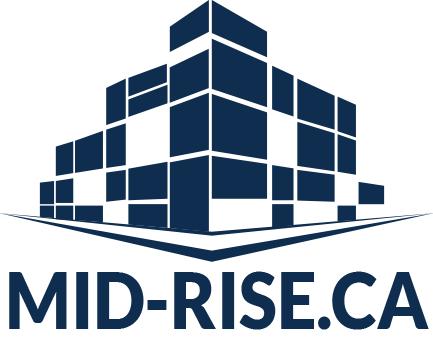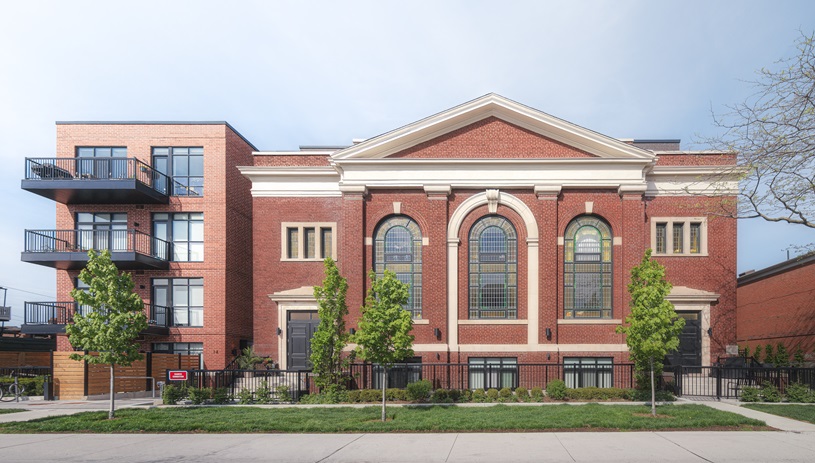What will the next 12-24 months look like for the construction & real estate development in Toronto & GTA?
What will the next 12-24 months look like for the construction & real estate development in Toronto & GTA?
If you are guessing, make sure to indicate that it is your guess.
Ensure to include valid references and websites to back up your claims.
I need you to answer the question from the perspective of a seasoned economist who has comprehensive knowledge of both micro & macro levels of the Canadian economy, and particularly real estate development.
Please list the major factors influencing your analysis.
Also, clarify what potential change might significantly change the outcome you are describing. If possible, add a probability level to each of these events (low, medium, high).
Add a separate section to your response about the privately funded residential real estate development projects, broken up into low-rise, mid-rise, and high-rise sections.
Here’s a seasoned economist’s outlook for Toronto & the GTA’s construction and real estate development over the next 12–24 months, based on current data and forecasts.
🏗️ Macroeconomic & Market Overview
1. Interest Rates & Monetary Policy
The Bank of Canada recently began cutting its overnight rate from its peak (~3%–3.25%), with another ~75 bps in cuts anticipated by early 2026 (economics.cibccm.com, Reuters).
Impact: Lower borrowing costs support housing starts, especially in low-rise. However, elevated debt levels and inflation keep support cautious.
2. Economic Growth & Employment
Ontario real GDP growth predicted at ~0.8% in 2025 and ~1.0% in 2026 (Ontario Budget).
Consumer and employment growth weakens, potentially weighing on housing demand—though infrastructure spending (~C$2.4 B for 2025/26) offers support (TD Economics).
Recession risk: 55% chance of near-term recession across Canada .
3. Trade, External Uncertainty
Ongoing U.S.–Canada trade tensions and tariffs are depressing buyer confidence, dampening prices (e.g., Toronto -4% projected drop in 2025) (Reuters).
A de-escalation of trade tensions would significantly improve outcomes.
4. Immigration & Population Growth
Canada’s tightening of immigration will curtail population growth and rental demand (Canada Mortgage and Housing Corporation).
Slower inflows translate to weaker structural housing demand.
5. Construction Costs & Financing
High material and borrowing costs strain developer margins. Pre-construction sales off ~72% in GTA, inventory backlogged (~78 months) (Reuters, LinkedIn).
Reduced investor appetite in condo market; low-rise and rentals fare slightly better (economics.cibccm.com).
6. Government Policy & Infrastructure
Elevated provincial capital spending and federal/provincial incentives for rentals and affordable housing (e.g., Housing Accelerator Fund, Waterfront projects) (Wikipedia).
Federal Build Canada Homes proposals and renewed Greenbelt protections maintain supply constraints near core urban areas (Wikipedia).
🔮 Forecast Summary: 12–24 Months Outlook
| Segment | Outlook | Key Drivers | Change Trigger |
|---|---|---|---|
| Housing starts | Modest recovery into late‑2025; stronger in 2026 | Rate cuts, infrastructure, low-rise backlog | U.S. recession → sharp cut in mortgage rates |
| Home prices | Condo prices fall 15–20% from peak by end‑2025 (TD Economics, Reuters); broader GTA prices ~–4% | Soft demand, excess supply in condos | Trade peace & BoC cuts → price stabilization (~2026) |
| Rentals | Slowing rent growth; even negative in 2025 | Immigration down, rental oversupply in condos | Population influx + new jobs |
| Commercial/office | Elevated cap‑rates, weaker leasing; retail/logistics stronger | Higher yields → mixed sectoral recovery |
🔢 Probabilities of Key Events
Trade de-escalation (↑consumer/investor confidence): Medium (~50%)
Recession in Canada in next 12 months: Medium–High (~55%) (The Real Economy Blog)
Bank of Canada completes ~75 bps rate cuts: High (>70%)
Resurgence in condo sales: Low (<30%) until affordability improves
🚧 Private Residential Development Outlook
🔹 Low-Rise (detached, townhomes)
Supply tight: Starts suppressed from prior cycles, backlog clearing slowly (Reuters, Canada Housing Market).
Outlook 2025–26: Recovery likely as rate cuts take effect; demand up from first-time buyers and improved affordability.
Constraint: Land/zoning limits; ‘missing middle’ incentives can boost pace.
🔹 Mid-Rise (4–12 storeys)
Status: Moderately affected; less financial strain than towers but impacted by weak investor sentiment.
Outlook: Moderate recovery in 2026 backed by policy (e.g., HAF targeting duplex/triplex) (Reuters, Wikipedia).
Constraint: Zoning approvals, municipal capacity.
🔹 High-Rise (13+ storeys)
Severe headwinds: Pre-sales down ~72%, inventory glut, soft absorption (Reuters).
Outlook: Continued construction slowdown through 2025; pick-up only once price floors established by late 2026.
Catalyst needed: Rate cuts + trade clarity to boost investor demand.
✔️ Major Risk Factors That Could Shift the Outlook
U.S.–Canada trade resolution or escalation
De-escalation: stabilizes confidence, softens price declines.
Escalation: deeper price drops, weaker starts – Probability: Medium
Sharp BoC policy shift
Larger/faster rate cuts → earlier recovery in residential starts (~high probability).
Immigration policy reversal
Increased inflows → rental and condo demand uptick; currently low–medium probability.
Zoning/Greenbelt reform
Opening new lands + “missing middle” zoning → boost low-mid rise supply but slow to materialize; Medium probability given current politics.
Recession onset
Would curtail sales and starts severely; risk ~55%.
🧾 Conclusion
Over the next 12–24 months, expect:
Low‑Rise: Will lead recovery (~2026), financial viability stronger.
Mid‑Rise: Slow but steady pickup by late 2025/2026.
High‑Rise: Deep lull until rates decline and buyer sentiment improves.
Major factors: Interest rates (BoC), macro economy (recession risk), trade policy, immigration and supply-side constraints remain critical. Deviations from baseline—especially on trade or recession—could significantly alter trajectories.
Feel free to drill deeper into any segment (e.g., affordable housing incentives, municipal planning, infrastructure linkages).
Construction Innovation Checklist
This document is a supplementary resource to
episode #24 of the Real Estate Development
Insights Podcast in which Payam Noursalehi shares a practical framework for evaluating and selecting the most suitable innovative systems for your next project.




